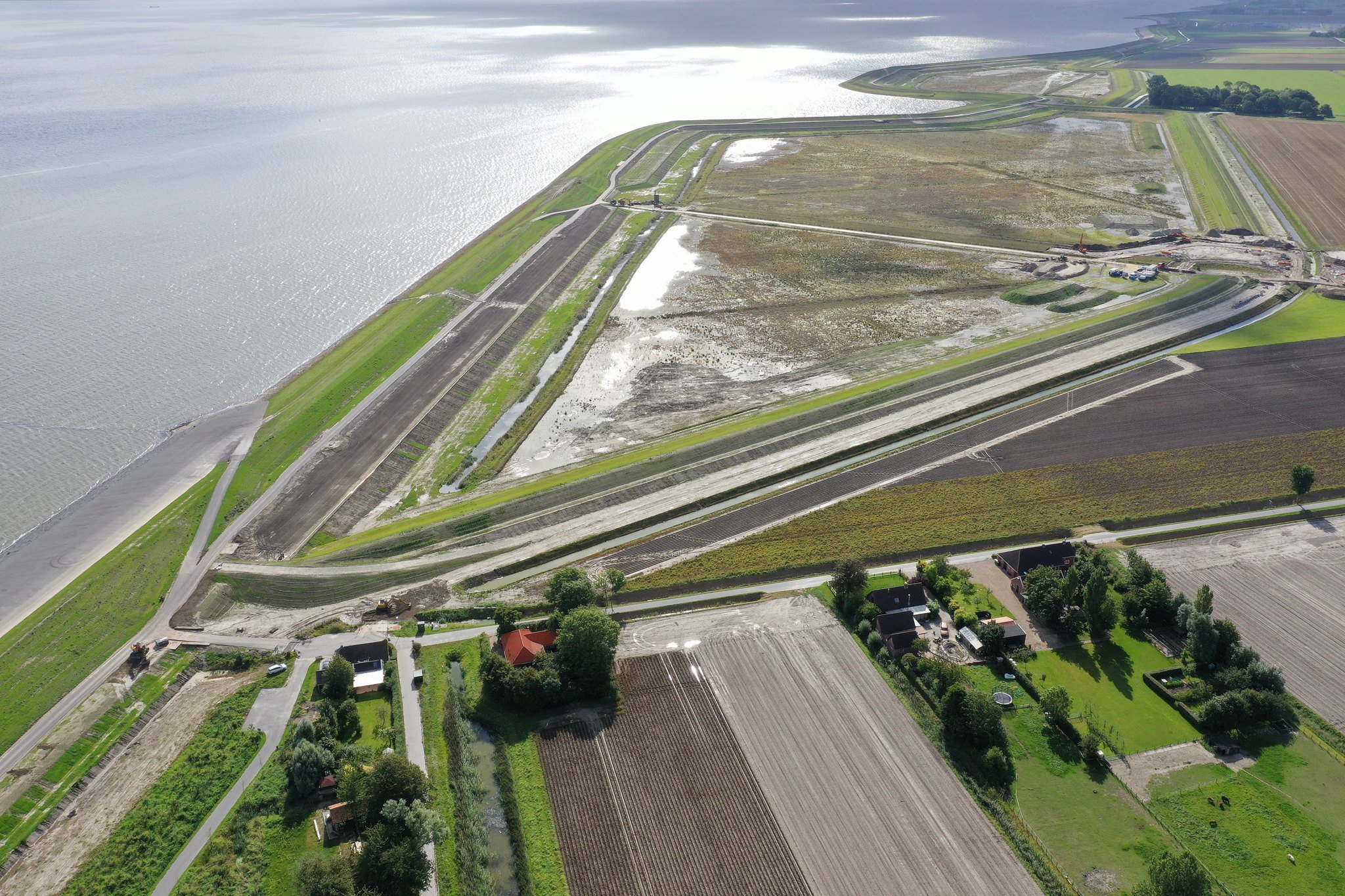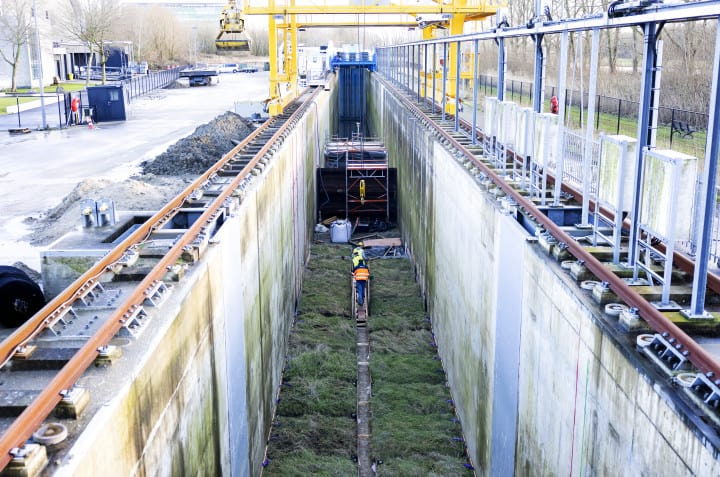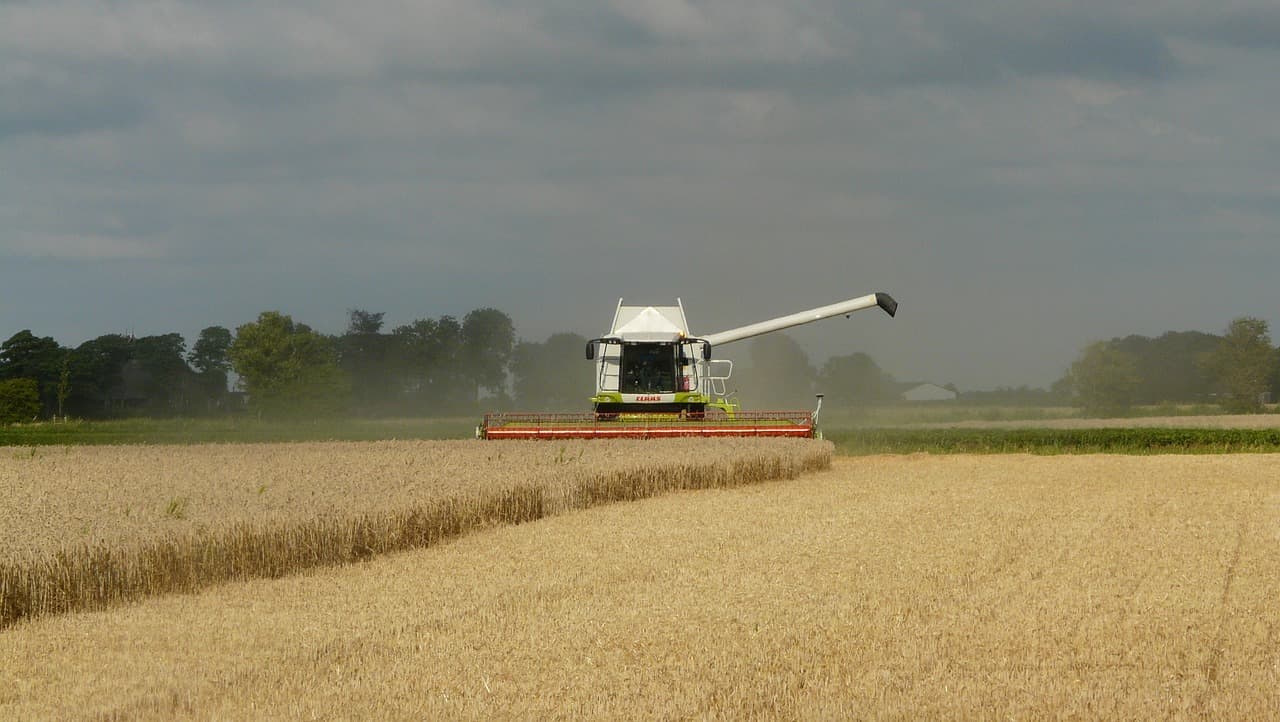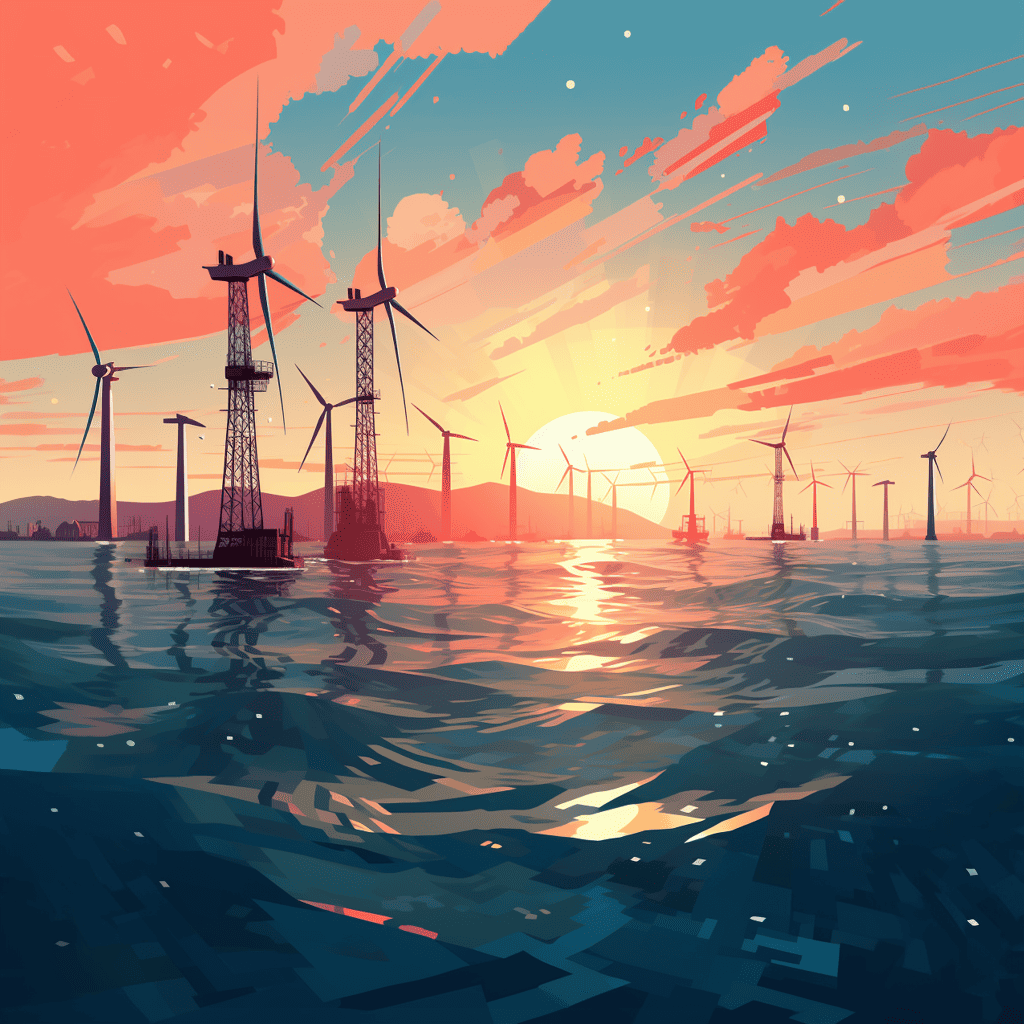
On the coast of the province of Groningen in The Netherlands, an innovative solution is being worked on in order to reinforce the sea dikes along the Eems Dollard Region. The Dubbele Dijk project will not only make the dike near Bierum safer. The area between the two dikes will be used for innovative wildlife and agricultural projects. For example, research is being carried out into agriculture on saline soil. “Considering climate change and salinization of the soil, the knowledge that we gain from the project is sorely needed,” says Gert Noordhoff, Project Manager for the Dubbele Dijk Exploitation.
Will the Netherlands be able to cope with rising sea levels? That is a question that will occupy the minds of scientists and politicians alike for decades to come. The sea dike along the Eems Dollard estuary also had to be dealt with – it no longer met the safety standards. The Province of Groningen and the Noordzijlvest Water Board joined forces in conceiving this innovative project.
Noordhoff explains how it works. “We are working on agricultural and wildlife projects and aquaculture in the area lying between the dikes. It works like this: A large hole will be made in the dike along the coast, also known as a ‘culvert‘. This will let in the silt-rich water from the Eems estuary. We will leave the water there and the silt will then sink to the bottom. We pump the clear water to the northern part between the dikes and we can do all kinds of things with it, like farming seaweed and shrimp.”
The Eems is currently still very silt-rich, which means that very little sunlight is able to penetrate to the bottom. As a result, not enough photosynthesis takes place and not much aquatic life can be seen in the Eems either. The design of the silt intake unit at the Dubbele Dijk, although only a first small step, is an attempt to gain experience in reducing excess silt particles in the Eems estuary.
The southern part: silt sedimentation
The area located between the two dikes will be divided up, and different locations will have different functions. The culvert will be located in the southern part of the dike, where the water enters and silt from the Ems is allowed to settle. The silt that sinks to the bottom can be used for all sorts of applications. Noordhoff: “You can turn the silt into blocks if you squeeze out the water, for instance. These can then be stacked. Or you can make plates out of it, basically similar to concrete slabs.”
Apart from that, the silt can also be used for an entirely different purpose, namely to improve agricultural soil. “It is already being used here and there for mixing into agricultural soil. You can then spread silt over impoverished soil and it essentially works the same way as a soil improver. You can also use it to raise farmland, for example in places where subsidence has caused farmland to sink lower.”
The northern part: aquaculture
The northern land between the dikes will be made available for aquaculture, as in, the cultivation of plants and aquatic animals. “Mainly two groups of entrepreneurs will be working there. Some entrepreneurs will work there with shrimp, some with seaweed. The nice thing about it is that these two groups will be working together. The water from the Eems will first be used to farm the shrimp. Instead of the water being discharged directly, it will then be used to feed the seaweed. That way, you make great use of the different streams that are out there.”
One of the companies that will be working there is The Seaweed Company. This company currently cultivates seaweed mostly in other parts of the world, like Ireland and Morocco, and wants to start cultivating seaweed at the Dubbele Dijk that are native to the Wadden and North Sea regions. TipTopp Aquaculture and Aquaculture Farming Technology are companies that will be farming shrimp in the area of the Dubbele Dijk. “These companies want to demonstrate that it is possible to work without creating too much pollution. You see that aquaculture companies in Asia, for example, use a lot of antibiotics during cultivation. While you really ought not to want antibiotics to end up in your surface water. The TipTopAquaculture and Aquaculture Farming actually work with probiotics, a positive approach that actually makes the shrimp healthier.”
The northern tip: the agricultural part
The agricultural section will be located at the northern tip where trials are to be conducted on plant cultivation. Research institutes are already active here, such as the Van Hall Larenstein University of Applied Sciences and the University of Groningen. “The RUG is doing research on how we can use the soil in the area in between to grow potatoes. The smaller dike that lies inland is made up of fertile topsoil from the intermediate area. This means that in the intermediate area, you end up with a soil layer that is much poorer in terms of raw materials and has a poor soil structure. Now it can actually be very useful to know whether this impoverished soil can grow potatoes, for one thing. Dutch potatoes, for example, are exported to countries like Morocco or Bangladesh, where soil conditions are not as favorable. Consequently, you gain knowledge that can be used all over the world.” In addition to potatoes, soybeans, field beans and Japanese oats are also grown on the land in the Intermediate area.

Ready for the start in 2022
The area between the Dubbele Dijk should be ready for use by the end of 2022. Noordhoff hopes to have answers to important questions as early as two to three years from now. “We will know by then how much silt the Eems will be bringing in and then we can respond to that. The area will also have a wildlife objective, so we have to find a good balance between excavating silt and preserving the quality of the natural environment. It will be a challenge to find that balance. And if we take the safety aspect into consideration, we still need answers to questions such as: How will the culvert function in the event of a storm? Can it then be closed easily and quickly?”
Due to the rise in water levels and the salinization of the soil, agricultural land will not have it easy. Therefore, with our project we are gaining knowledge that we will probably need very soon.”
Also read other IO articles on Groningen via this link.







